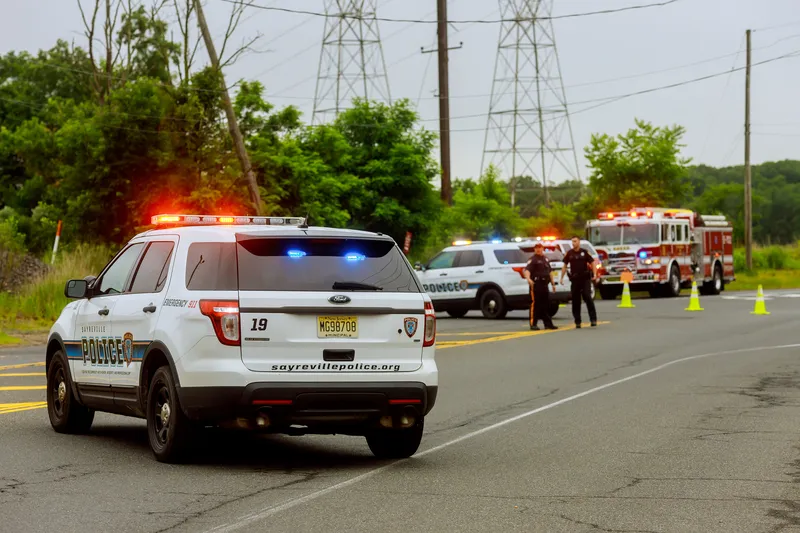The Intelligent Transportation Society of America (ITS America) has released its public policy roadmap, The Road Ahead: The Next Generation of Mobility, providing policy recommendations on how to advance the research and deployment of transformational and intelligent transportation technologies.
In particular, the roadmap provides recommendations on the policy issues shaping the next generation of transportation driven by robotics, automation, artificial intelligence, wireless communications and cloud co
February 9, 2017
Read time: 2 mins
The Intelligent Transportation Society of America (560 ITS America) has released its public policy roadmap, The Road Ahead: The Next Generation of Mobility, providing policy recommendations on how to advance the research and deployment of transformational and intelligent transportation technologies.
In particular, the roadmap provides recommendations on the policy issues shaping the next generation of transportation driven by robotics, automation, artificial intelligence, wireless communications and cloud computing. Issues include cyber-security/privacy, looking for new and long-term funding and financing options around much needed transportation investment, issues around easing the transition to automated and connected vehicles, increasing integration of technologies that improve the operational life and efficiency of road networks and energising new business models of passenger and freight mobility.
The roadmap was developed in consultation with ITS America’s membership, bringing together key stakeholders in the intelligent transportation movement, including established and emerging private companies, state and city department of transportation officials as well as leaders in the academic and research communities.
In the year ahead, ITS America will work with policymakers at all levels of government, federal, state, and local, to rebuild and modernise transportation infrastructure with smart transportation investments that create jobs, save lives, and cut costs by leveraging underutilised transportation assets.
In addition, the organisation will urge President Trump and Congress to build out transportation infrastructure by including roadmap recommendations in upcoming infrastructure proposals.
In particular, the roadmap provides recommendations on the policy issues shaping the next generation of transportation driven by robotics, automation, artificial intelligence, wireless communications and cloud computing. Issues include cyber-security/privacy, looking for new and long-term funding and financing options around much needed transportation investment, issues around easing the transition to automated and connected vehicles, increasing integration of technologies that improve the operational life and efficiency of road networks and energising new business models of passenger and freight mobility.
The roadmap was developed in consultation with ITS America’s membership, bringing together key stakeholders in the intelligent transportation movement, including established and emerging private companies, state and city department of transportation officials as well as leaders in the academic and research communities.
In the year ahead, ITS America will work with policymakers at all levels of government, federal, state, and local, to rebuild and modernise transportation infrastructure with smart transportation investments that create jobs, save lives, and cut costs by leveraging underutilised transportation assets.
In addition, the organisation will urge President Trump and Congress to build out transportation infrastructure by including roadmap recommendations in upcoming infrastructure proposals.









